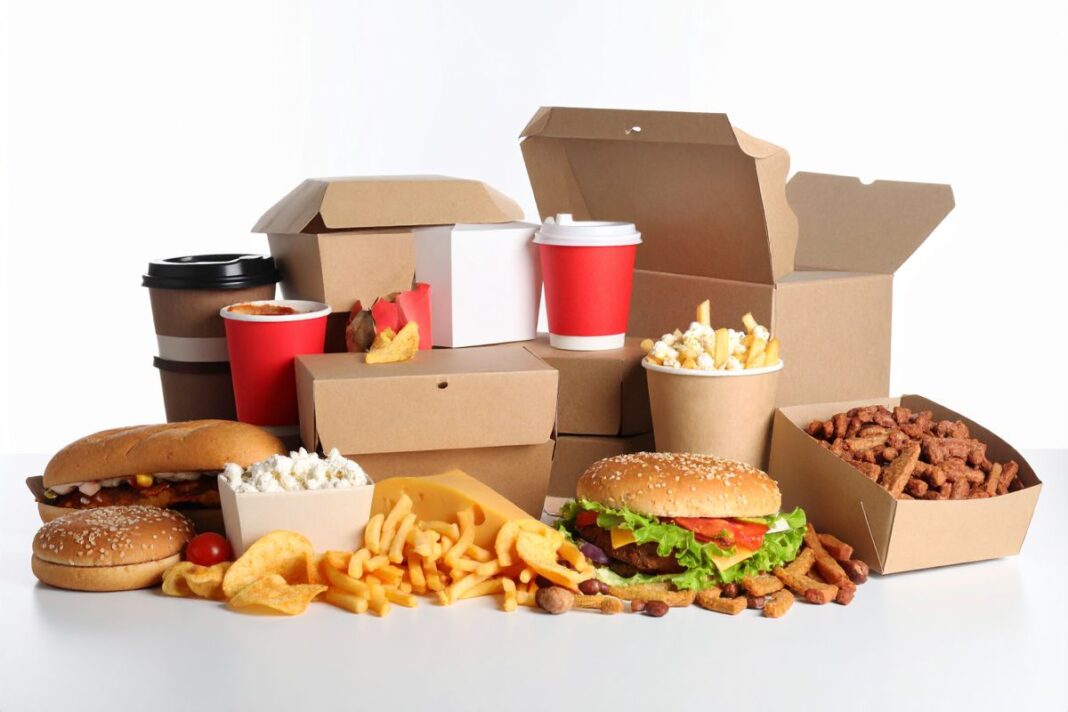An explosion in choices and access has exacerbated America’s junk food problem.
We know we shouldn’t eat too much junk food, yet a recent study suggests that most of us eat bigger portions of our favorite snacks than we think is appropriate.
The study, released in January in the European Journal of Clinical Nutrition, included 295 Australian consumers aged 18 to 65 who viewed portions of 15 foods that the authors termed “discretionary.” The foods and drinks were high in saturated fats, added sugars, added salt, or alcohol.
Participants chose one image that best represented the portion sizes they thought were appropriate to eat in one sitting and another that showed what they normally ate when at home, eating alone, or with family. After adjusting for factors such as sex, age, and body mass index, the study’s authors found that—depending on the food—participants chose portions about 15 percent to 50 percent smaller than what they normally eat.
Why We Eat More Than We Need
The emphasis on convenience in our modern food environment may be one explanation for the study’s results.
“ I think the accessibility of food has definitely become an issue,” Kathrine Brown, a master-level weight loss and wellness coach and developer of the Conscious Weight Loss coaching process, told The Epoch Times.
“Doordash and the delivery services has definitely made the accessibility of the junk food, the McDonald’s orders and everything else, way higher.”
Jack Bobo, executive director of the UCLA Rothman Family Institute for Food Studies, agreed and cited the explosion of choice as one contributing factor in an interview with The Epoch Times. According to research from the U.S. Bureau of Labor Statistics and FMI, The Food Industry Association, shoppers in 1980 would have found around 14,000 items in an average grocery store. By 2023, the available selection jumped to nearly 32,000 products.
More choices mean more decisions to make every time we shop, which eventually leads to a state Bobo refers to as “decision fatigue.” Decision fatigue strains our capacity to think carefully about what we’re buying, leading to poor food choices.
“Choice is fantastic,” Bobo said, “but it’s also overwhelming.”
Even when our brains are fresh and alert, many of the choices we face encourage us to over-consume.
“ If you think about even just going through the checkout line at the grocery store, very rarely do you see the regular-size candy bars. It’s always king size or jumbo size,” Chuck Carroll, host of the Exam Room Podcast, told The Epoch Times in an interview. “We just get immune to these massive portions at such a young age.”
Bobo adds that marketing tricks our brains by appealing to our desire for value. If we’re offered four ounces of ice cream for $4.00 but can get six ounces for $4.50, we’re more likely to choose the bigger size because, he said, “We hate to waste money. And that feels like value for money.”








